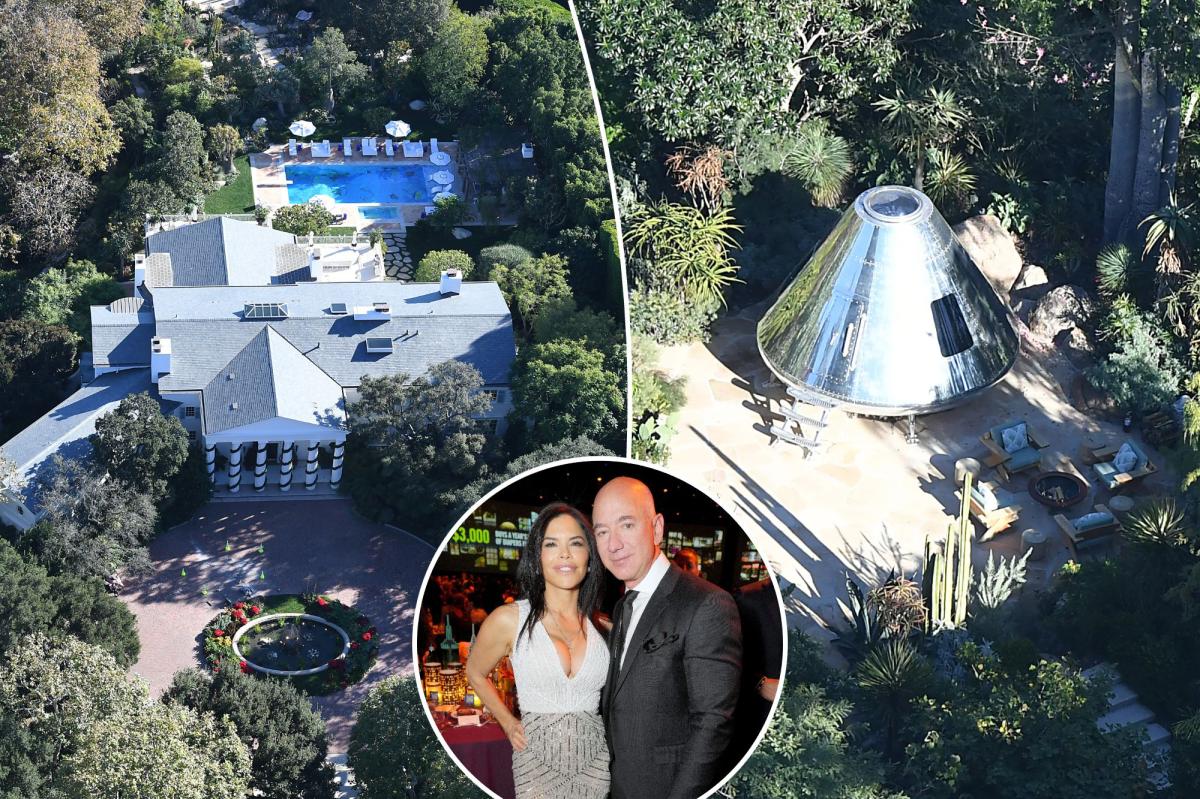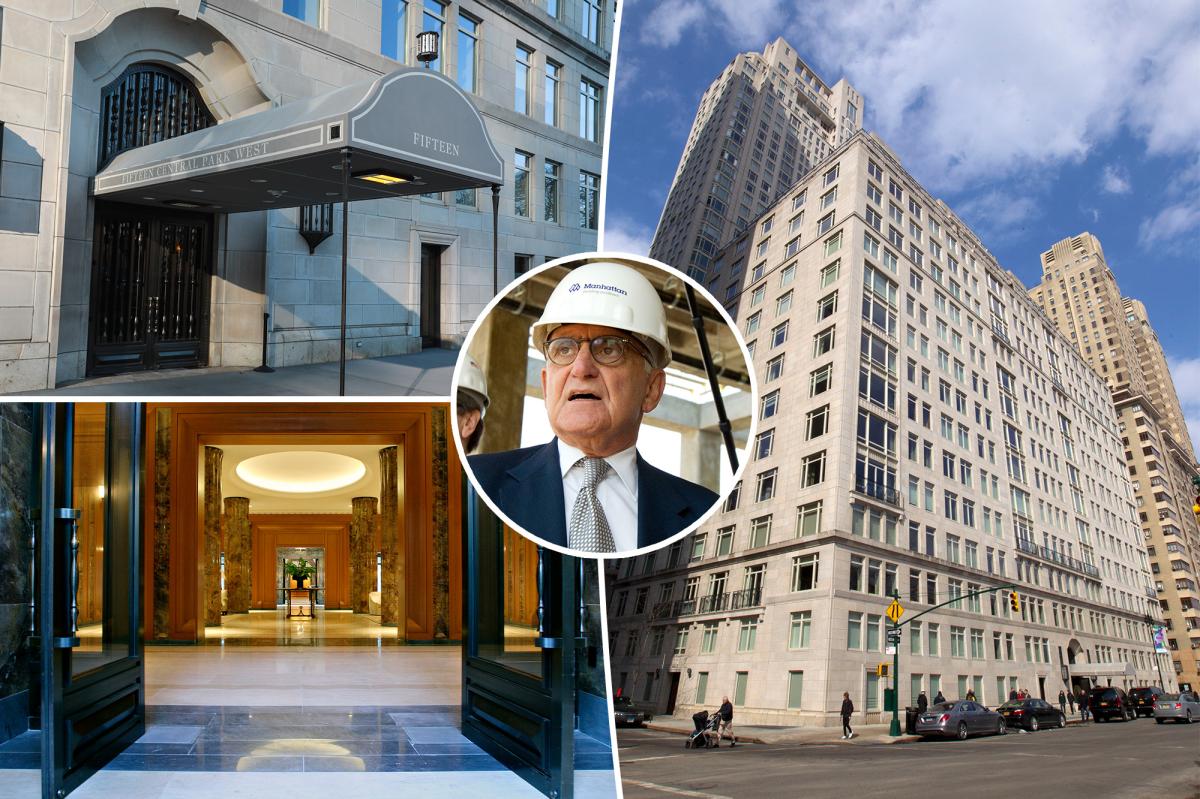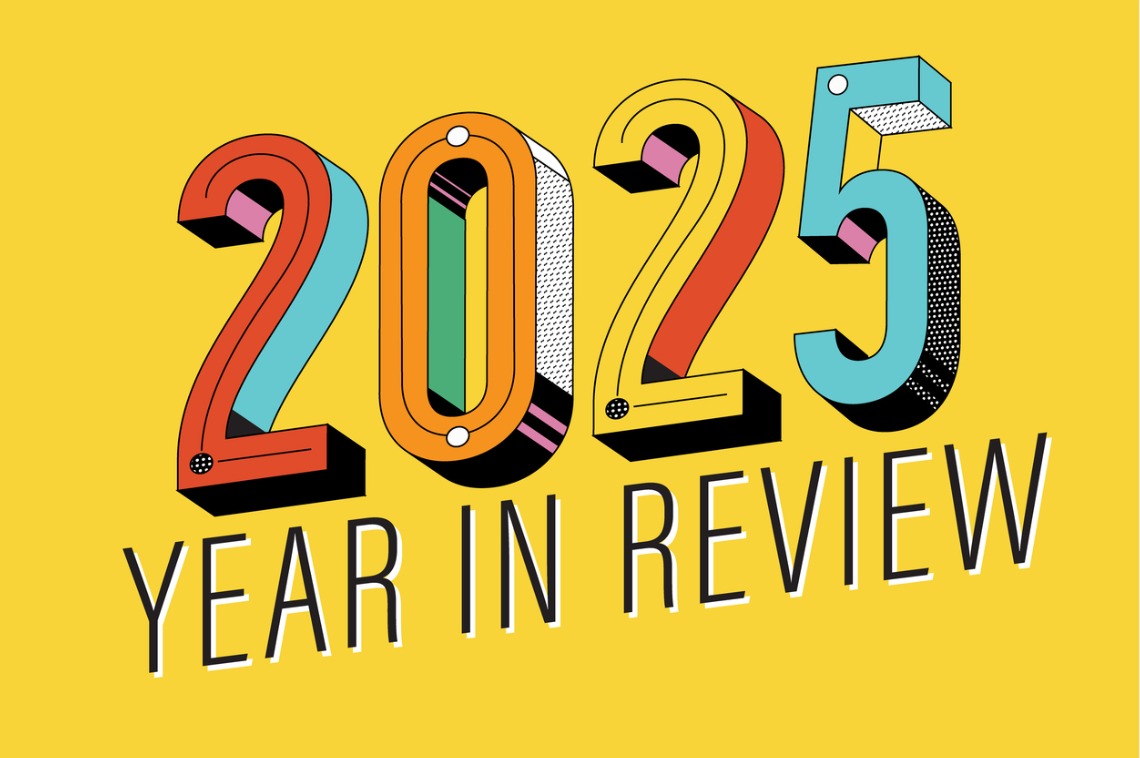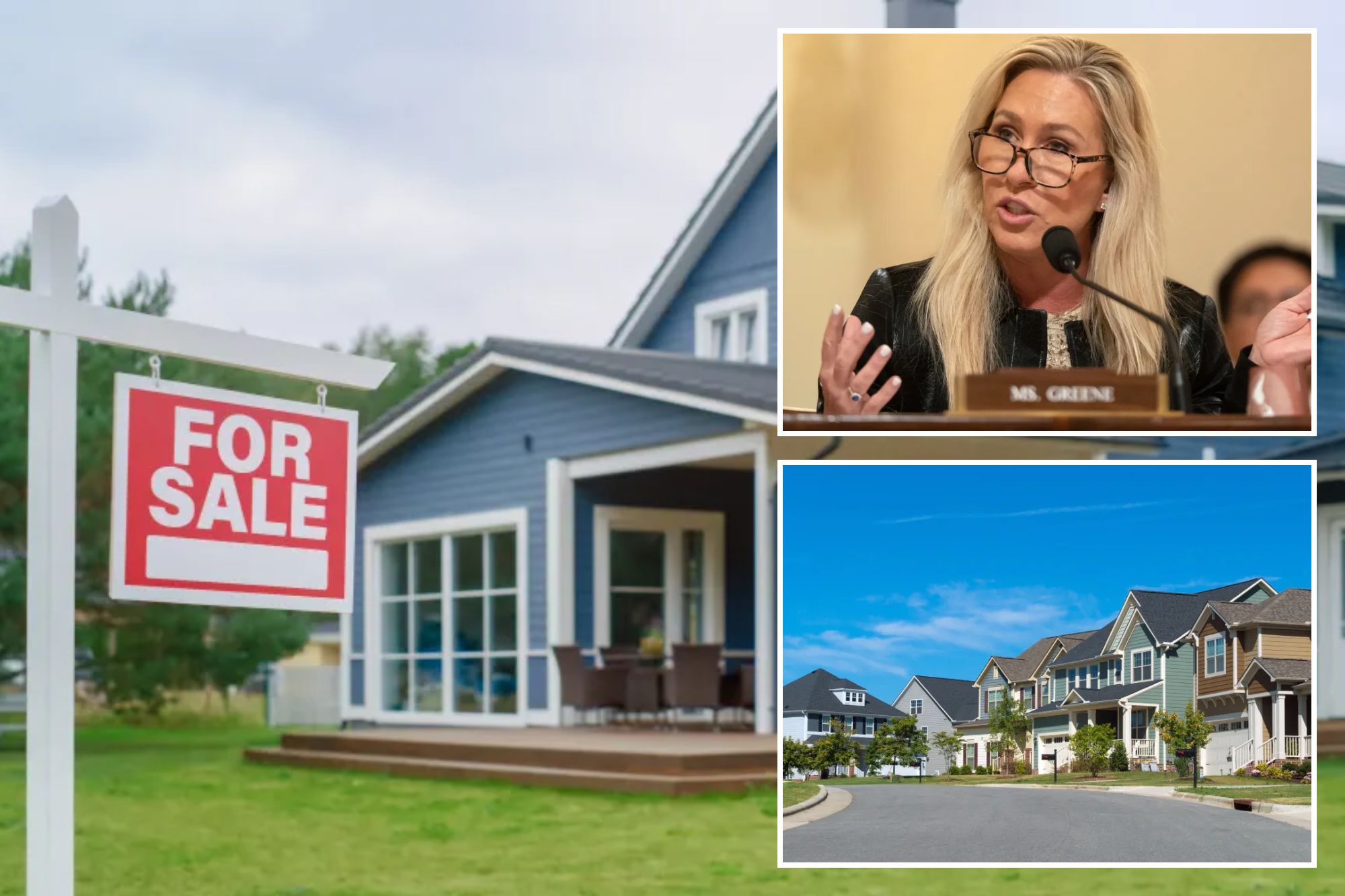H
orry County’s Grand Strand real‑estate scene is settling into a new equilibrium. With interest rates flat and home‑price growth slowing, the market is moving away from the volatility of the pandemic era toward a more predictable, healthy environment for buyers and sellers. “We’ve grown accustomed to the unhealthy market conditions of COVID, so when we return to what I consider a normal, balanced market, we’re all recalibrating,” said Michelle Duncan of Duncan Group Properties, who chairs the CCMLS committee that aggregates sales data for the Coastal Carolina Association of Realtors (CCAR).
The committee’s latest summer report shows closed sales up 2.6 % over a 12‑month average, indicating sustained buyer activity even as prices have roughly doubled since pre‑pandemic levels. However, sellers face longer wait times. May’s inventory hit 4,158 homes, the highest since 2016. Historically, the Myrtle Beach market has hovered between 3,700 and 4,200 listings monthly from 2012 to 2020, so the current figure is significant.
State Realtor data reveal that Horry County homes linger on the market longer than any other South Carolina region. In August, single‑family homes sat 117 days, slightly below the CCAR average of 124 days, while comparable markets like Beaufort‑Jasper and Aiken recorded 118 and 110 days, respectively. Duncan attributes the extended days on market to the prevalence of new construction, which can inflate figures because properties are listed while still under construction. “Seeing 124 days on the market is actually a good sign,” she noted.
New construction adds a distinct dynamic. Although national new‑home sales fell 8.2 % from 710,000 in July 2024 to 652,000 in July 2025, builders are adapting with incentives. Robert Salvino of Coastal Carolina University’s Grant Center for Real Estate explained that builders remain flexible, offering concessions to attract buyers. “Builders respond to market conditions more readily than existing homeowners, so we don’t see the same problems in the new‑build segment,” he said.
Despite the national slowdown, local builders stay engaged. Conway has annexed several developments over the past two years, and more than 5,755 single‑family units are currently in development. Building costs have moderated, and builders are adopting a more conservative risk profile compared to three years ago. “The volume and risk builders are willing to take on is lower than it would have been, so we’re seeing a healthier approach,” Salvino added.
Permit data illustrate the broader trend. Myrtle Beach led the state in new‑home permits from 2019 to 2023, peaking at 13,176 in 2023. However, last year’s 7,331 permits marked the first time in a decade that the county fell behind larger cities like Greenville and Charleston. Yet, the presence of over 5,700 units in development suggests builders are not deterred by the current market conditions.
Both Duncan and Salvino remain optimistic about the region’s appeal. “Everyone needs a home, and this market is the most normal we’ve seen in a long time,” Duncan said. Salvino echoed this sentiment, emphasizing that the balance of supply and demand can sustain a building boom that aligns with the slowing housing demand.













